2023-2024
Local Payment for an Ecosystem-Service-Model for Working Lands Stewardship – The Colorado Cattlemen’s Agricultural Land Trust (CCALT)
UHPSI research assistants explored possibilities of developing a payment-for-ecosystem services model to support stewardship of wet meadows using low-tech methods on conserved working lands in the Yampa Valley. By studying a variety of market-based funding mechanisms to inform a locally focused model, the team created recommendations that may be used in the Yampa River Valley and may be applicable to other western watersheds. Read more…
A Monitoring Plan for Beaver Wellbeing and Hydrologic Impacts
Tensleep Preserve, The Nature Conservancy of Wyoming
Water for Wildlife
Effective ecological monitoring is a critical component of managing ecosystems in a way that balances the needs of people and wildlife. In collaboration with The Nature Conservancy – Wyoming (TNC) and the Water for Wildlife Foundation, UHPSI research assistant Alex Wells developed a monitoring plan that evaluated both beaver wellbeing and the impacts of this charismatic keystone species on downstream water rights at TNC’s Tensleep Preserve. Read more…
2022-2023
Funding Priorities for Improving Ecological Value and Agricultural Viability on Colorado Rangelands
Kathleen Voight worked with the Additive Conservation department of the Colorado Cattlemen’s Agricultural Land Trust (CCALT) to determine funding priorities for their internally-managed Agricultural Resiliency Fund. CCALT holds easements over 700,000 acres of ranchland across Colorado, with the goal of conserving working landscapes for the benefit of future generations. The Agricultural Resiliency Fund supported landowner-initiated projects that enhance conservation values, ecosystem services, and agricultural viability on ranches under conservation easements. Read more…
A Systems Thinking Approach to Wood Processing and Forest Health in Wyoming – The Nature Conservancy – Wyoming
Julia Chen and Jake Barker collaborated with The Nature Conservancy-Wyoming to investigate strategies to improve forest health and resilience through targeted forest restoration in Wyoming. At present, the pace and scale of forest restoration in Wyoming is constrained by several factors, including high costs and limited wood-processing infrastructure. The team applied a system thinking approach to build a conceptual model that describes the dynamic relationships between the ecological, economic, and social factors underlying forest management and wood processing in Wyoming. Read more…
Evaluating Mesic Restoration Efforts in Montana with Geospatial Tools
In conjunction with The Nature Conservancy-Montana (TNC), Montana Conservation Corps (MCC), and World Wildlife Fund (WWF), our team created a protocol to evaluate the impacts of low-tech stuctures, sometimes referred to as beaver dam analogs, that have been installed in central Montana. This protocol leverages GIS and remote sensing technologies, challenging our team to identify metrics that can be detected remotely to aid in understanding the impact of these projects. Read more…
2021-2022
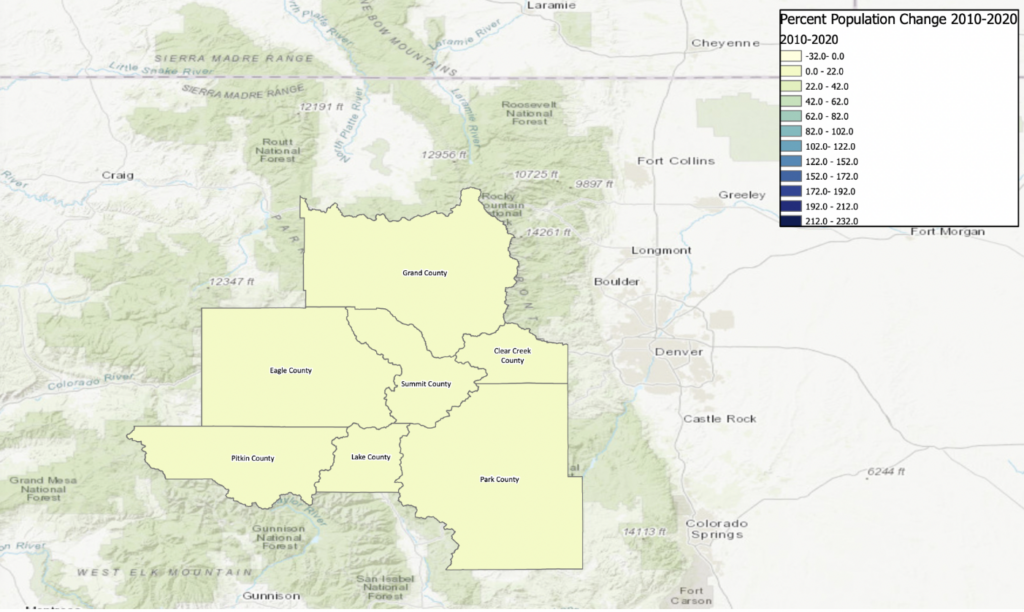
Understanding the Impacts and Implications of Rural Gentrification in the American West Northern Rockies Conservation Cooperative
Many amenity towns in the Western United States are struggling with rapid in-migration and its corresponding impacts on natural resources, socioeconomic inequality, and community culture and character. In partnership with Northern Rockies Conservation Cooperative (NRCC), and through conversations with stakeholders and analysis of spatial trends and media coverage, the project team examined the impacts and implications of rural gentrification for local government policies, local conservation NGOs, and the agricultural industry. Read more…
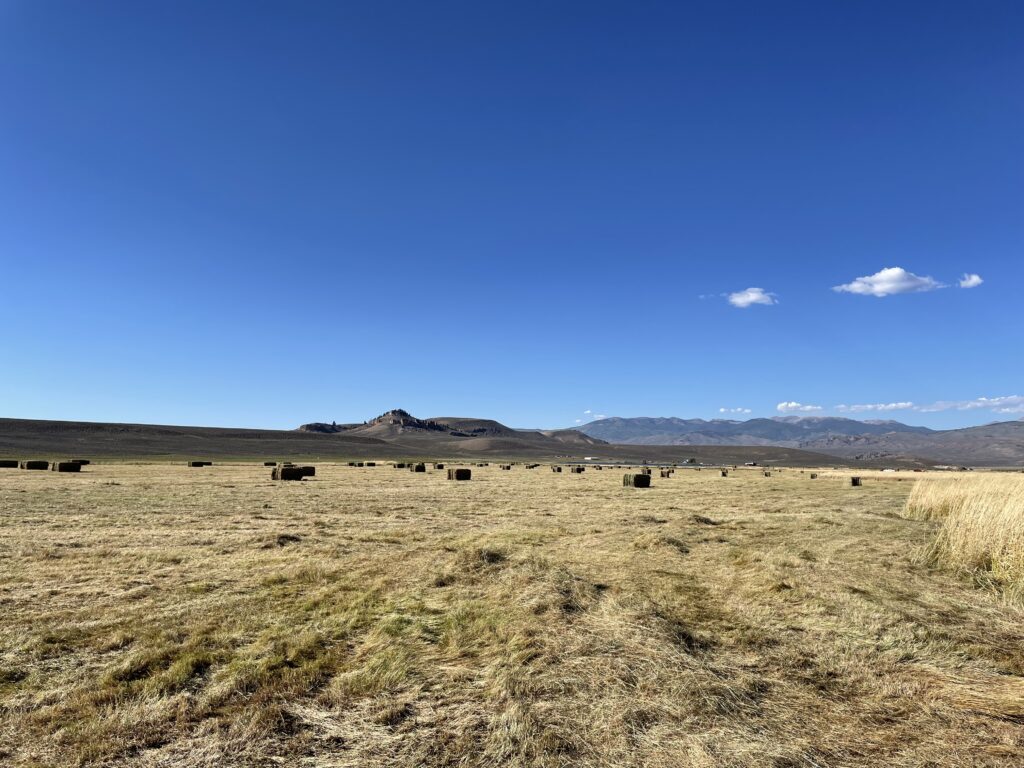
Improving Restoration Funding for Working Lands in Colorado
Colorado Cattlemen’s Agricultural Land Trust
The Colorado Cattlemen’s Agricultural Land Trust (CCALT) explored the development of an internally managed Agricultural Resiliency Fund to provide landowners with support for projects that contribute to the long term operational, ecological, and economic viability of conserved farm and ranchland, as well as wildlife habitat. Our student team researched sustainable finance models and fund structures to inform the development and implementation of this new resiliency fund. Read more…
Wildlife-Friendly Ranching in the Greater Yellowstone Ecosystem Greater Yellowstone Coalition, Cary Institute of Ecosystem Studies University of Pittsburgh
Rory Jacobson and Anna-Sophia Haub worked with partners at the Greater Yellowstone Coalition, the Cary Institute of Ecosystem Studies, and the University of Pittsburgh to study ranchers’ perspectives on conservation and wildlife management in the Greater Yellowstone Ecosystem. To understand the economic, social, and cultural drivers behind these perceptions and management strategies, they conducted formal qualitative interviews with experts, ranchers, and beef certifiers. This research assisted in identifying and understanding potential opportunities to support ranchers who wish to implement more wildlife management strategies with their ranching operation. Read more…
2020-2021
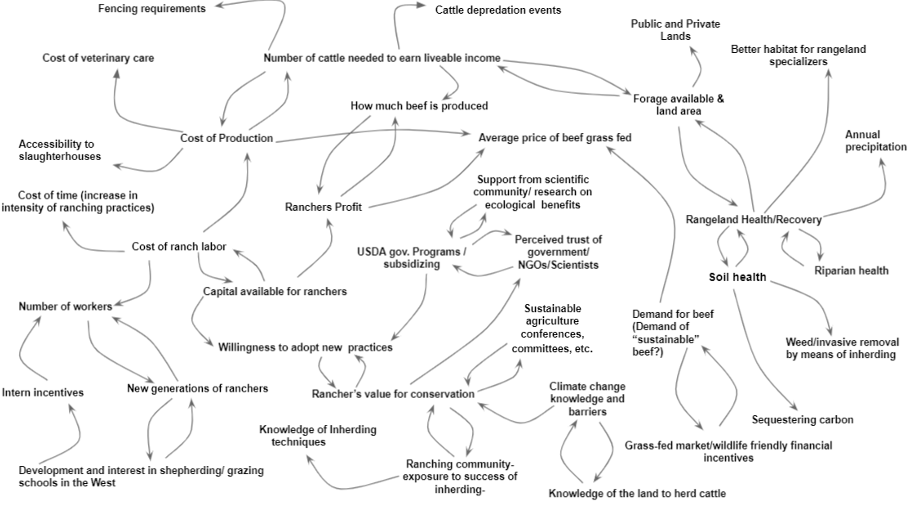
Exploring Inherding as a Grazing Practice for Conservation and Rangeland Health in the West
Texas A&M University
UHPSI research assistants partnered with Texas A&M University-Kingsville and a Wyoming ranch to study the feasibility of implementing inherding in the western U.S. Inherding is the practice of strategically herding cattle in a manner that prevents rangeland overuse, promotes livestock well-being, and facilitates natural-resource conservation. Unlike more conventional grazing strategies, inherding requires handlers to remain with the herd for the entirety of the grazing period. By using rancher knowledge to plan herd movement, inherding allows herds to ingest phytochemically rich diets and manages cattle use of the rangeland to support stewardship goals such as riparian restoration while minimizing human-predator conflicts. The team conducted a feasibility study to determine whether inherding is an economically feasible grazing strategy, and if so, under what conditions, as well as studying ranchers’ interest in using this novel method. Read more…
Recreation and Conservation Planning for Fishers Peak State Park
The Nature Conservancy Colorado
In partnership with The Nature Conservancy (TNC) Colorado, our research team worked across ecological and recreational decision-making processes to help inform planning and management for Colorado’s new Fishers Peak State Park. The park is located in southern Colorado near the city of Trinidad and comprises 19,200 acres, rich with biodiversity and recreational potential. Our objective was to build an evidence base to link ecological conservation and recreational planning using the Open Standards for the Practice of Conservation model as a baseline. We conducted a literature review of the relationships among ecosystems, species, and recreation at the park which will provide scientific basis for key performance indicators that will be used to monitor long-term park management practices. Read more…
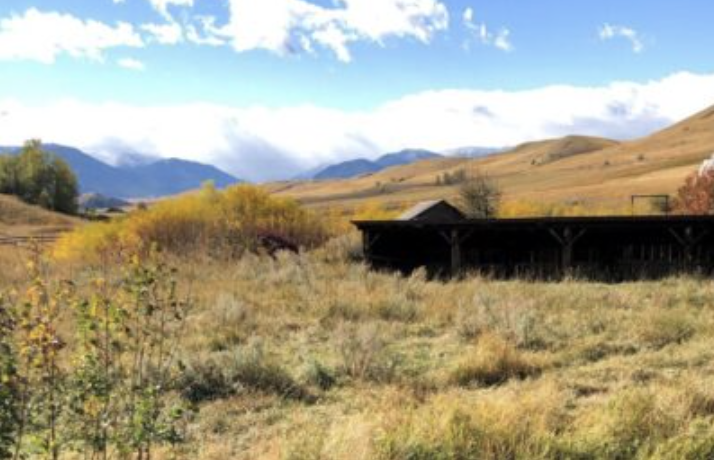
Stillwater-Rosebud Water Quality Initiative Conservation Planning for Stillwater Valley Watershed Council
Our team worked to design and deploy a portfolio of GIS tools for the Stillwater Valley Watershed Council, focusing specifically on the Rosebud Creek. In its headwaters, the Rosebud Creek is a designated National Wild and Scenic River. Land use in the lower reaches of the Rosebud Creek’s riparian corridor has gradually transformed in the past decades. Cattle grazing and hay production remain the dominant land uses, along with an increase in un-sewered residential and recreational property development near the creek. Our team conducted a geographic analysis of land use change and its potential effects on water quality. Read more…
Innovative Risk & Reward Sharing Between Farmers and the Supply Chain for Biodynamic and Organic Grain, Pulse and Oil Seeds
Vilicus Farms
UHPSI research assistants worked with Vilicus Farms to review and compile strategies for sharing risk and rewards across non-food supply chains and propose ways to implement and adopt them in the food supply chain. Vilicus Farms is a grain, legume, and oilseed farm located in the Northern Great Plains of Montana pioneering organic, ecologically responsible farming at scale. Vilicus Farms aims to redesign not only the farm, but also how the farm fits into a larger supply chain and economic system. This project recognized the inherent imbalance of risk that exists at the farm level and how that imbalance prevents organic acreage expansion. As such, the team explored mechanisms and alternative economic structures that more equitably share and realign risk and rewards across the supply chain. Read more…
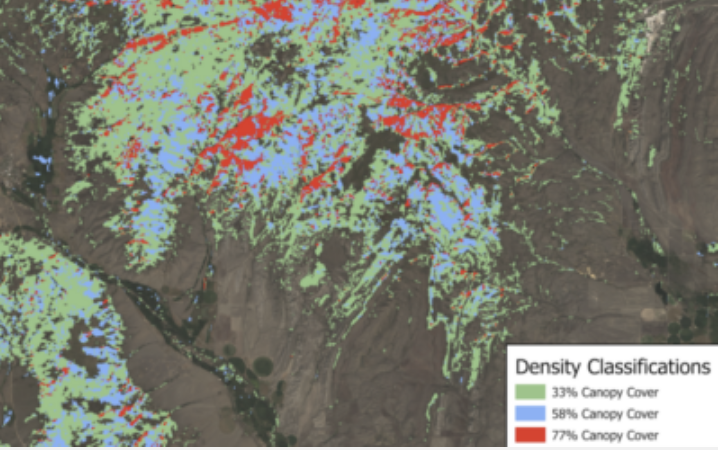
Elkhorn Mountain Conifer Density Survey
Natural Resources Conservation Service, Bozeman, MT
In partnership with the USDA Natural Resources Conservation Service and Pheasants Forever in Bozeman, MT, our student, Will, used geospatial analysis and remote sensing to determine conifer density and potential encroachment in the Elkhorn Mountain region. Throughout western Montana, there are forest plant communities that have not burned in decades. Lack of fire may lead to conifer encroachment of grasslands and increase fuel loads which heighten wildfire risks within these communities. This analysis located areas within the Elkhorn Mountains that are conifer dense and may need mechanical thinning to create more wildfire resilient communities. Read more…
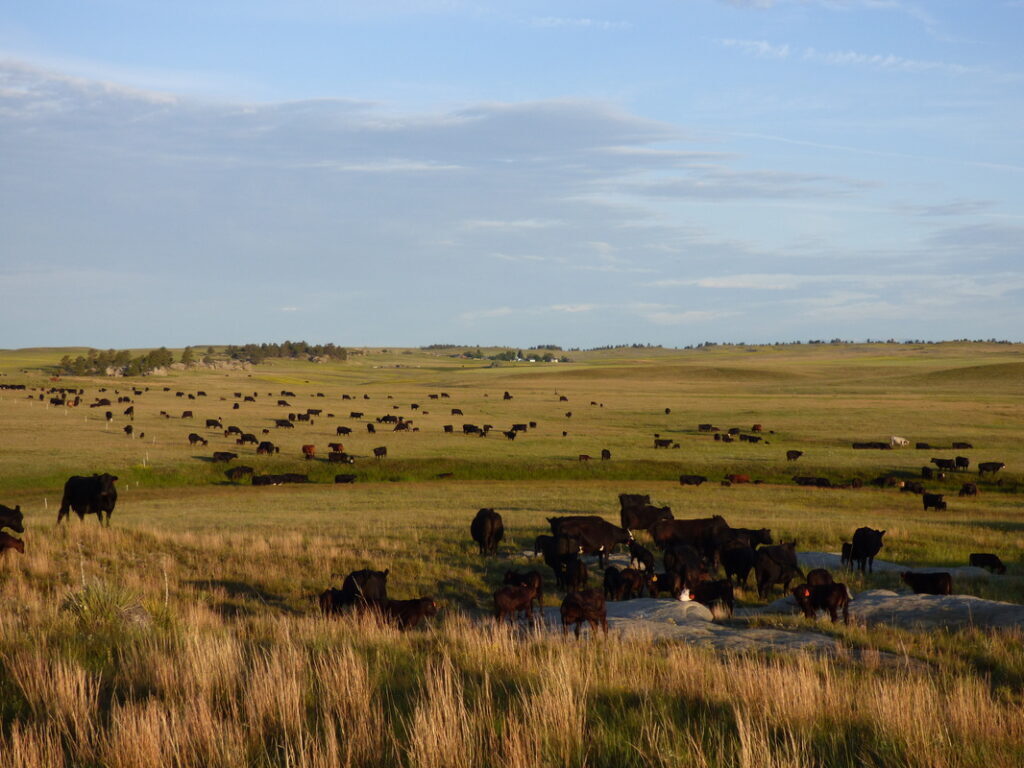
Collaborative Rangeland Monitoring and Management in Montana
Range Monitoring Group, MT
The Range Monitoring Group (RMG), a Montana collaborative that includes ranchers, scientists and non-profit conservation groups, implemented a pilot project focused on using rangeland monitoring and collective knowledge to inform and improve land management. Our research team partnered with RMG to identify key indicators to use in range monitoring and operationalize them for the Northern Great Plains ecosystems based on existing literature and ranchers’ on-the-ground experiences. Our team also worked directly with ranchers and participants in the pilot project to document their experiences with monitoring and information sharing. Read more…
Western Speaker Series
Natural Resources Conservation Service, Bozeman, MT
Each year, UHPSI hosts a western speaker series focusing on conservation and stewardship issues in the American West. The series may be one focused event or several small events spanning several topics. The student assistants worked with UHPSI staff to plan presentations, career chats, or training by a series of western conservation professionals. The series was virtual this year, and we were excited to create opportunities for Yale students to hear from and connect with leaders in their fields of interest. Read more…
2019-2020
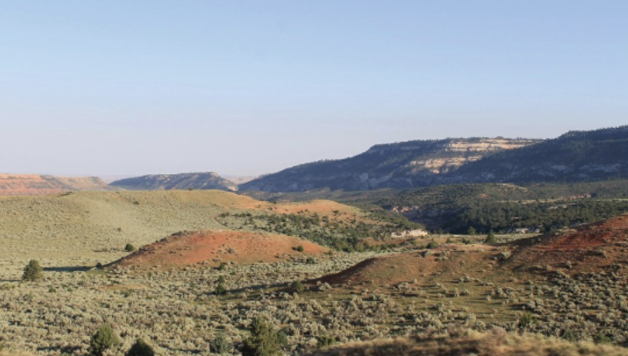
Solar Feasibility Study for Tensleep Preserve in North Central Wyoming
The Nature Conservancy
UHPSI research assistants worked in partnership with The Nature Conservancy’s Tensleep Preserve, located in North Central Wyoming, to conduct a solar feasibility study for the preserve. Renewable energy technologies like solar and wind play an increasingly important role in building rural energy independence and resilience. Efforts to pursue this study were in response to the site’s vulnerability to wildfires and awareness that wildfire frequency and severity may increase in the future. UHPSI research assistants crafted an innovative plan to guide and inform the implementation of an onsite solar project. Read more…
Impacts of Recreation on the Greater Yellowstone Ecosystem Northern Rockies Conservation Cooperative
In partnership with the Northern Rockies Conservation Cooperative, UHPSI research assistants investigated trends, conditions, and projections surrounding recreation in the Greater Yellowstone Ecosystem (GYE) to identify possible recreation ethics for the region. Growing negative impacts of recreation on the ecosystem necessitate a reevaluation of attitudes surrounding recreational access and growth. Through conversations with participants in the GYE recreation community, this project strove to gain a better understanding of the perspectives, normative values, and drivers of recreation. At the closure of this project, the UHPSI team and the Northern Rockies Conservation Cooperative recommended next steps to building a recreation ethic and will make their findings available to the public in a paper. Read more…
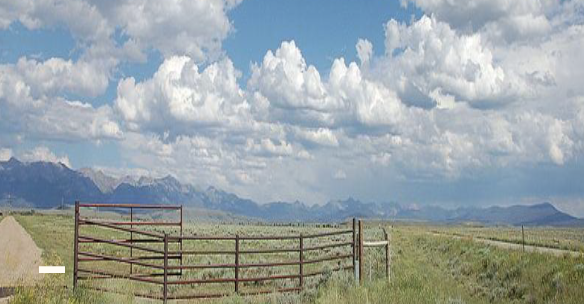
Development of a Feasibility Tool to Evaluate Grassbank Potential in Thunder Basin, Wyoming The Nature Conservancy Wyoming
Our team worked with The Nature Conservancy Wyoming to research the feasibility of a creative approach to grassland conservation in the Thunder Basin region of Wyoming. The approach is called “grassbanking” and it brings together ranchers and conservation organizations to enhance environmental performance and ranching livelihoods by offering access to discounted grazing leases in exchange for conservation practices on local ranches. Our research assessed environmental, economic, and social aspects of this concept to determine if this is a feasible and effective conservation intervention. Our research and consultation with experts resulted in a report which summarizes our findings and present actionable recommendations for TNC and their partners in the region. Read more…
Western Speaker Series 2019-2020 The Western Speaker Series connects conservation professionals and Yale students to explore and discuss a range of issues facing land stewardship in the American West. The Symposium Coordinators worked with UHPSI staff to plan presentations, career chats, and technical training by western conservation professionals that provide our students with valuable knowledge and insight. The 2019-2020 Western Speaker Series included topics such as organic dry land farming, wild land fires and fire ecology, climate impacts and ecological resilience, conservation within socio-ecological systems, and Indigenous land management. Previous years have featured speakers discussing the state and future of the Colorado River Watershed, human-wildlife conflict and coexistence, conservation of Indigenous lands, conflict resolution, and public/private land management partnerships. Read more…
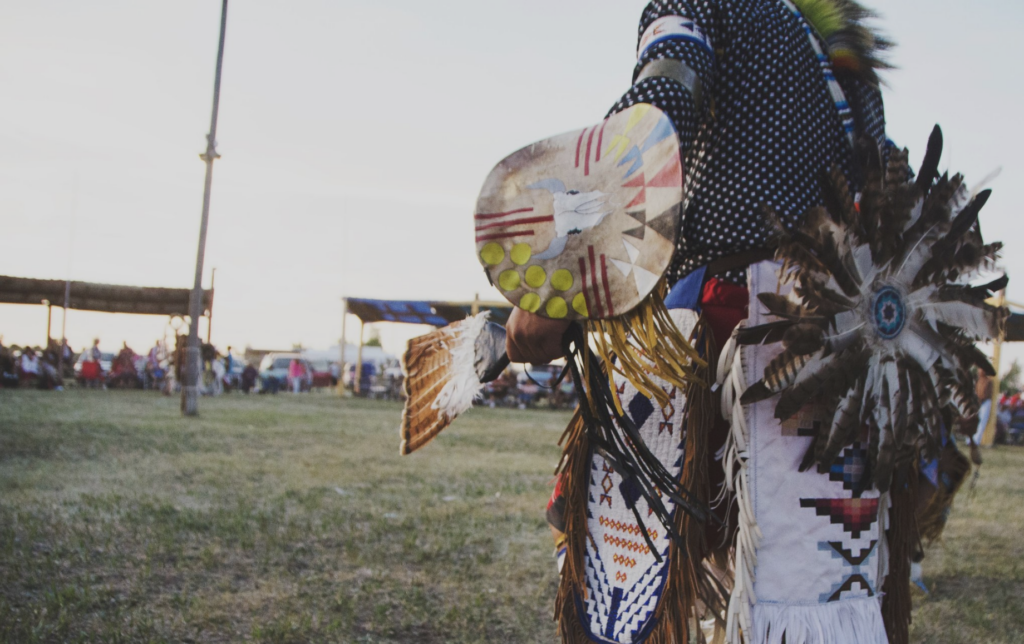
Highlighting Indigenous Relationships in the West Indigenizing the News
Indigenizing the News is a digital magazine dedicated to Native nations, cultures, and contemporary issues in North America. Through a special issue of the monthly newsletter, Meghanlata Gupta shared a variety of news articles, videos, and images that discuss how Indigenous communities collaborate with local, state, and federal governments to pursue shared management and conservation objectives in the western United States. Read more…
Climate Vulnerability in the Crown of the Continent US Fish and Wildlife Service
UHPSI students collaborated with U.S. Fish and Wildlife Service to assist with a Landscape Conservation Design (LCD). The Crown Managers Partnership created this design to model spatially-explicit future conditions in the Crown of the Continent ecosystem, which encompasses parts of Montana, Alberta and British Columbia. As a preliminary step in LCD development, our student research assistants conducted landscape-specific climate vulnerability assessments using NatureServe’s Climate Change Vulnerability Index. Students assessed target conservation species and habitats such as bull trout and whitebark pine by utilizing high quality conservation and climate data to evaluate factors that indicate vulnerability. The products of this work included spatially-explicit climate vulnerability analyses and recommendations for conducting future vulnerability assessments for the LCD. Read more…
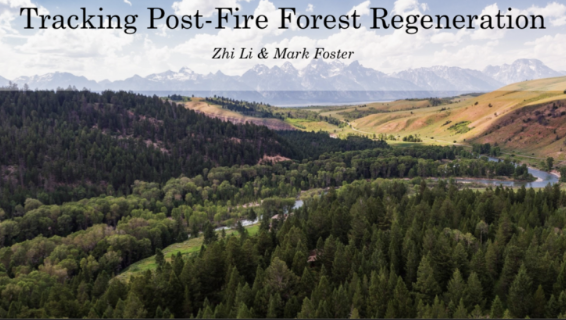
Communicating Vegetation Response after Fire in the Bridger-Teton National Forest US Forest Service
Our student research assistants partnered with Bridger-Teton National Forest (BTNF) in Wyoming to create a report on the stand dynamics of postfire vegetative regeneration and management implications. This report intends to provide geospatial analysis to construct future forest plans and to foster communication between the staff at BTNF and the public. Read more…
Conservation Planning for Sheridan County, WY Sheridan Community Land Trust
Our research assistant team worked in partnership with the Sheridan Community Land Trust to develop a conservation planning mapping tool to guide future private land conservation efforts. They incorporated a variety of spatial data from public sources to help SCLT prioritize and direct its funding and outreach in cooperation with its organization’s goals to protect wildlife and working ranches in Sheridan County. Read more…
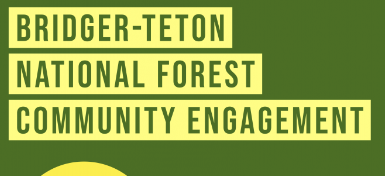
Engaging Youth and Underserved Communities in Land Management and Project Review Processes for the Bridger-Teton National Forest US Forest Service
UHPSI research assistants worked with the Bridger-Teton National Forest to map community networks that will facilitate the forest in engaging local Latino and youth communities in future Forest Plan Revision and project specific efforts. The Bridger-Teton intention is to ensure that these communities’ concerns and aspirations are used to inform the decisions made by the National Forest during the next Forest Plan revision and other future public outreach opportunities. Read more…
Estimating Utah Prairie Dog Survival using Camera-trap Data Bureau of Land Management
One of our research assistants worked with the Utah Bureau of Land Management to analyze trends in plague-induced prairie dog mortality. The Utah prairie dog (Cynomys parvidens) is currently listed as threatened under the Endangered Species Act. Alongside habitat destruction, sylvatic plague is a major cause of their population decline. Read more…
Increasing Adoption of Grasslands Avoided Conversion (GAC) Carbon Projects Climate and Forest Capital (CFC)
Climate and Forest Capital has partnered with the Environmental Defense Fund on an NRCS Conservation Innovation Grant to research economic incentives that could increase the adoption of conservation practices on US working lands. One of the primary strategies being investigated utilizes a Climate Action Reserve protocol that measures greenhouse gas reductions resulting from the “avoided conversion” of grassland into cropland in areas. Read more…
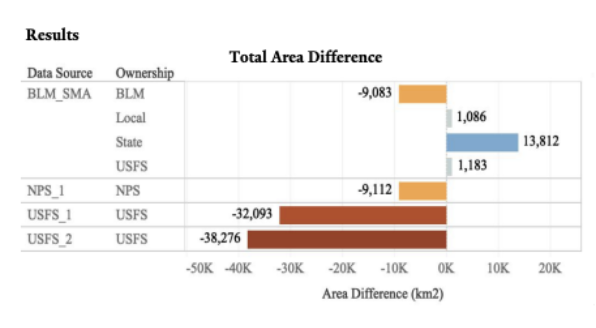
Reconciling Landownership and Sage-Grouse Management Designation Data U.S. Fish and Wildlife
This is an inter-agency project led by the U.S. Fish and Wildlife Service and the U.S. Geological Survey. Federal and State agencies frequently respond to requests for analyses of land status within the sagebrush biome, such as acres of land ownership or management designation. However, across agencies the results are inconsistent. The goal for this project is to provide reconciliation of differences where possible, written documentation of why differences exist, and identification of a consistent dataset to be used by USFWS and multitude of other state, federal and NGO partners. Read more…
Organizing and Implementing the Western Speaker Series Ucross High Plains Stewardship Initiative
The Symposium Student Coordinators organized the Western Speaker Series, which connects knowledgeable conservation professionals with Yale students to learn about and discuss issues facing the American West. The coordinators worked with the UHPSI staff to plan presentations and panel discussions on campus with speakers who bring valuable insight and perspectives on the past and future of Western conservation efforts. Read more…

Understanding Socio-economic Change and Implications for the Future of the Bridger-Teton National Forest US Forest Service
Our student research team working with the Bridger-Teton National Forest to compile and analyze socioeconomic data related to the shifting demographics of three very different counties in western Wyoming. They researched academic literature in the fields of geography, sociology, and economics which relate to the interplay between public lands and local communities. Read more…
